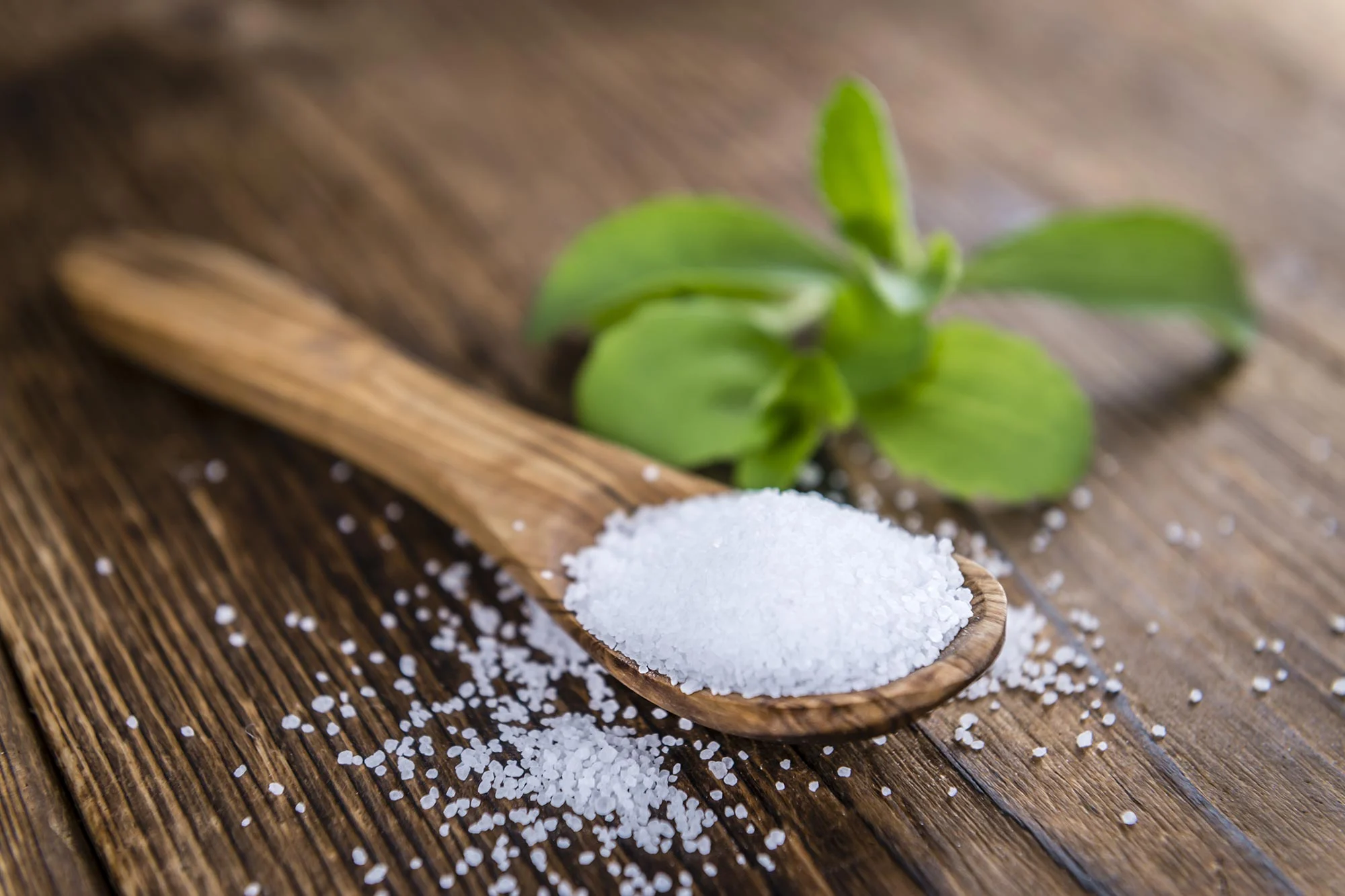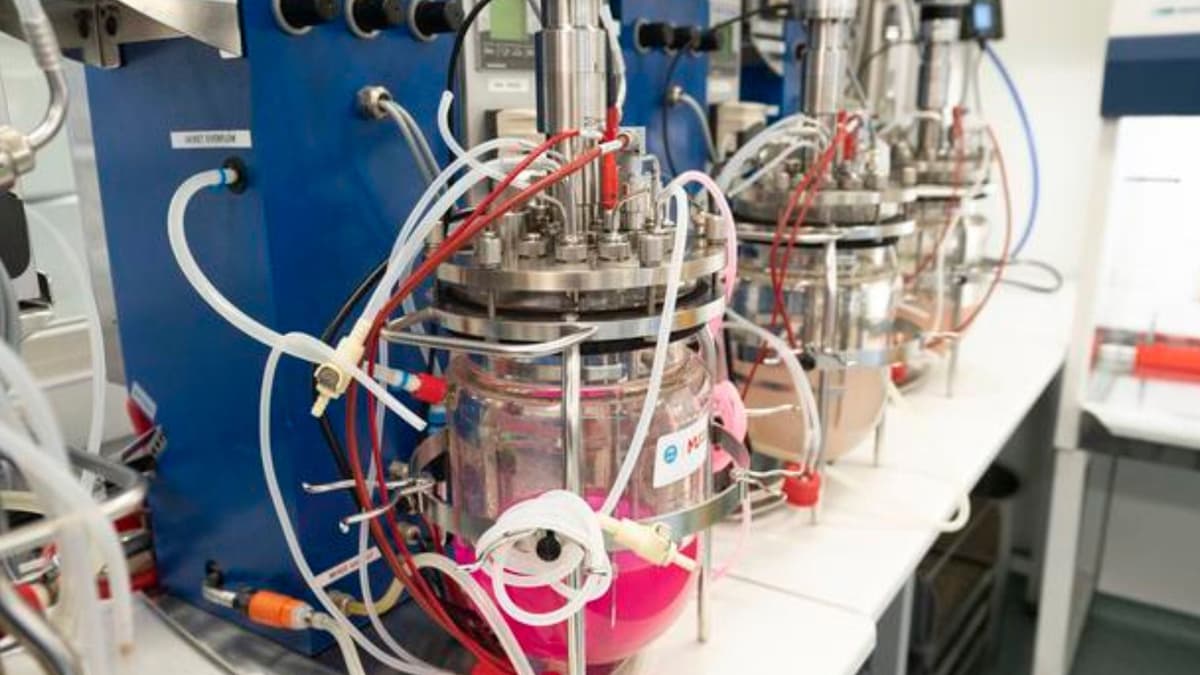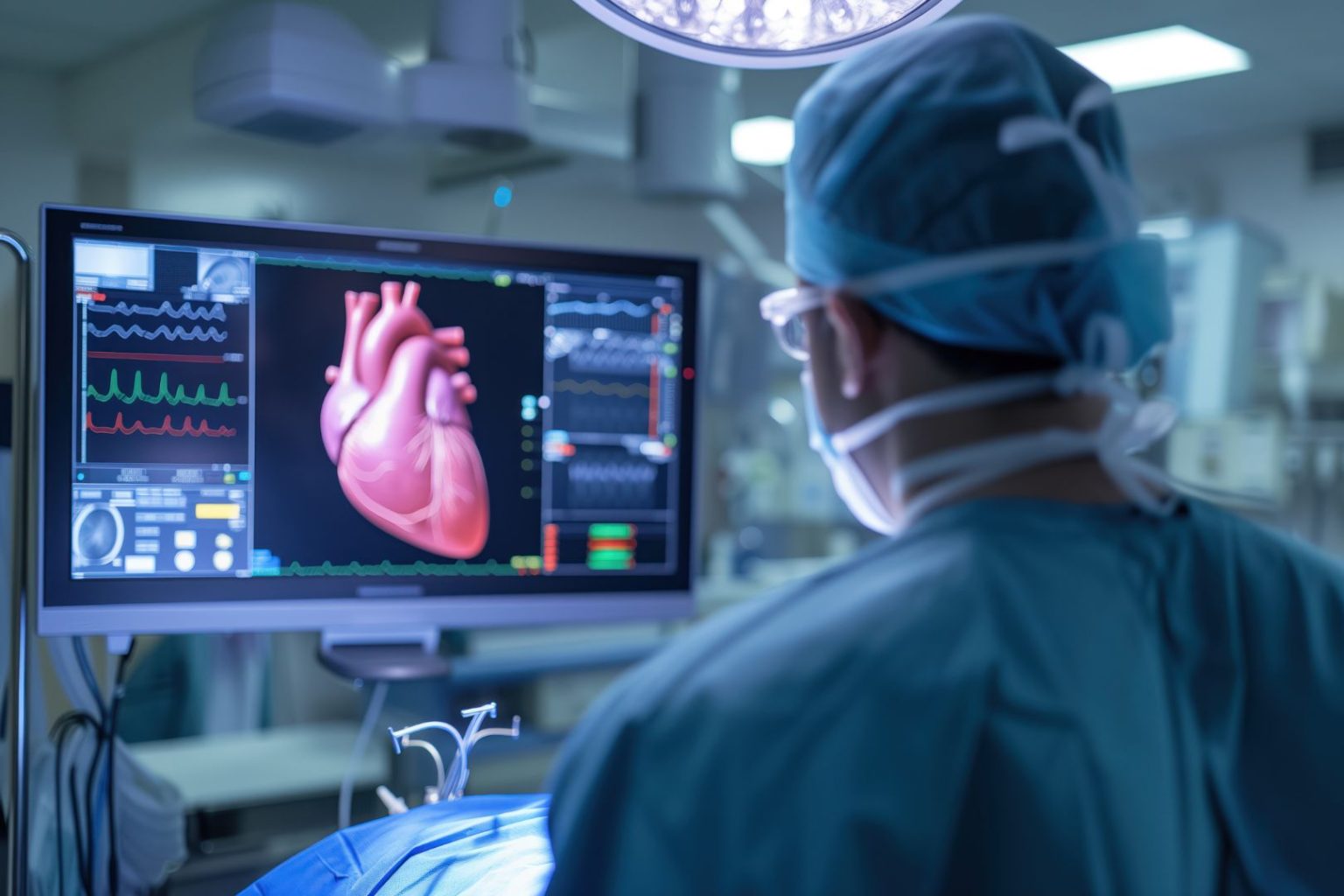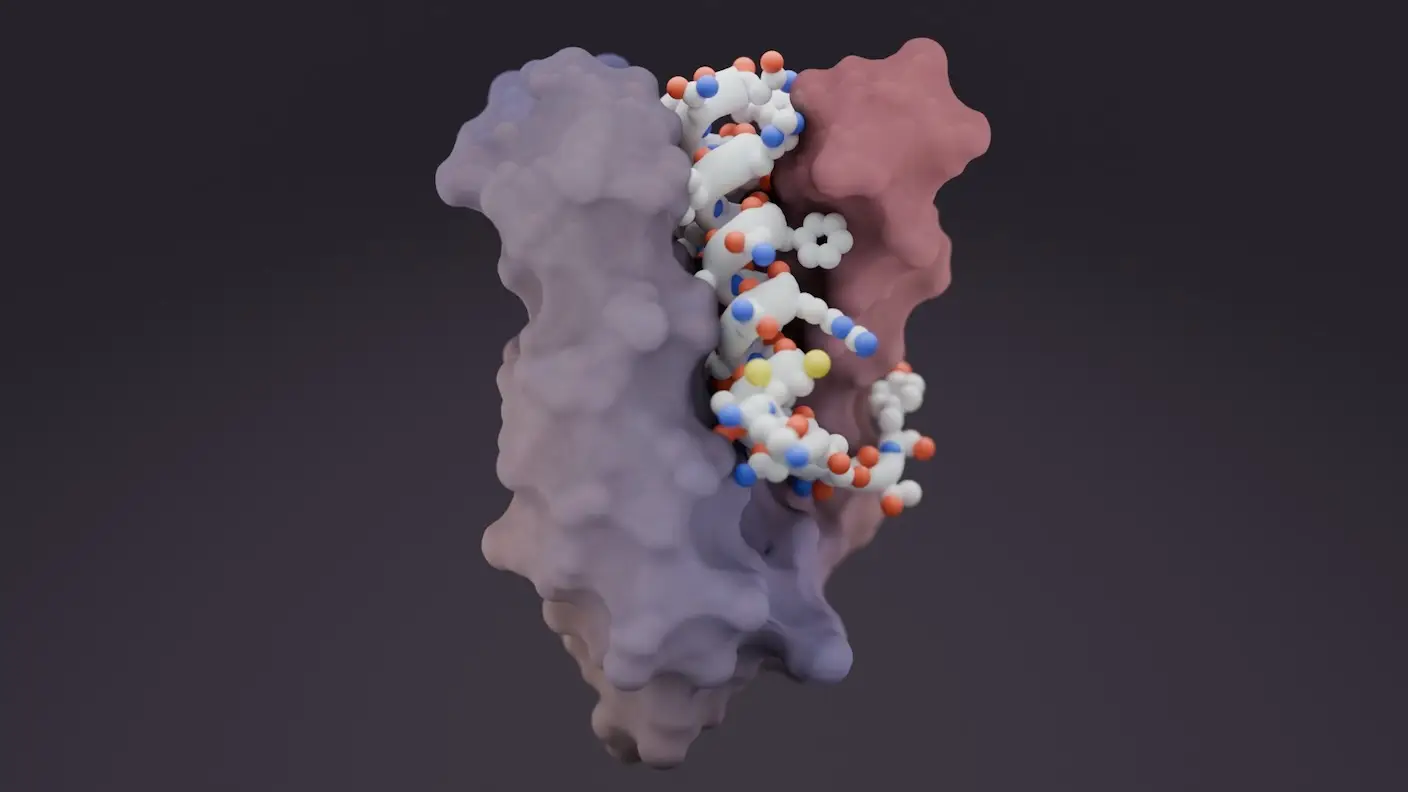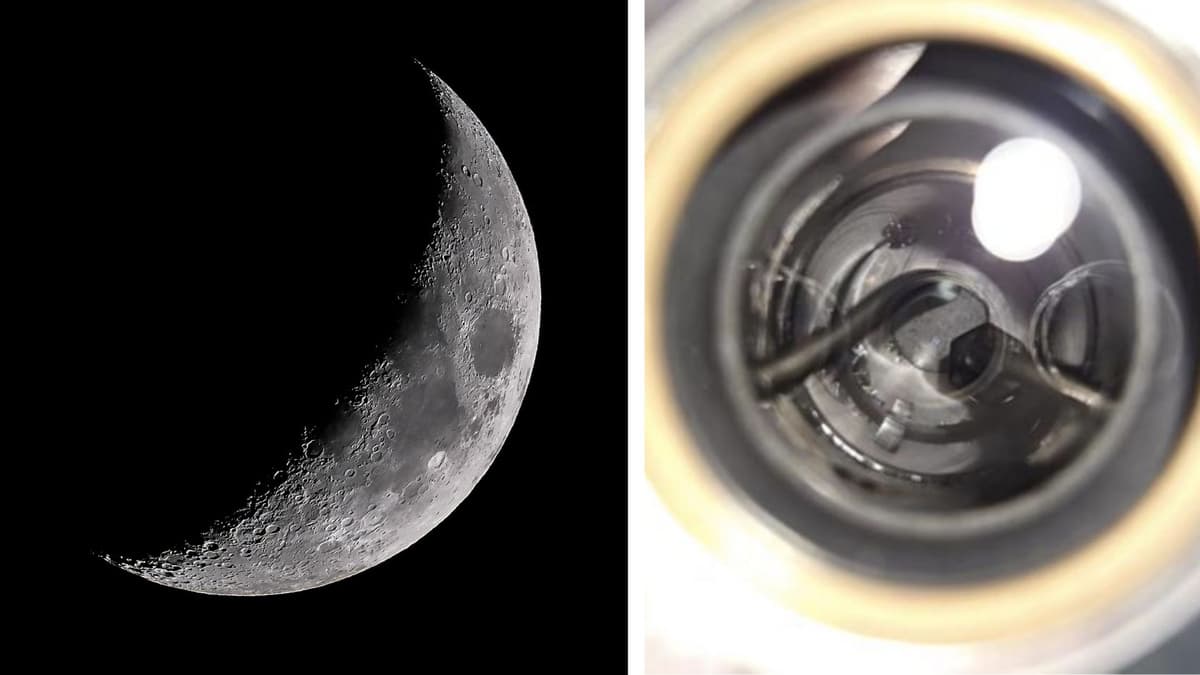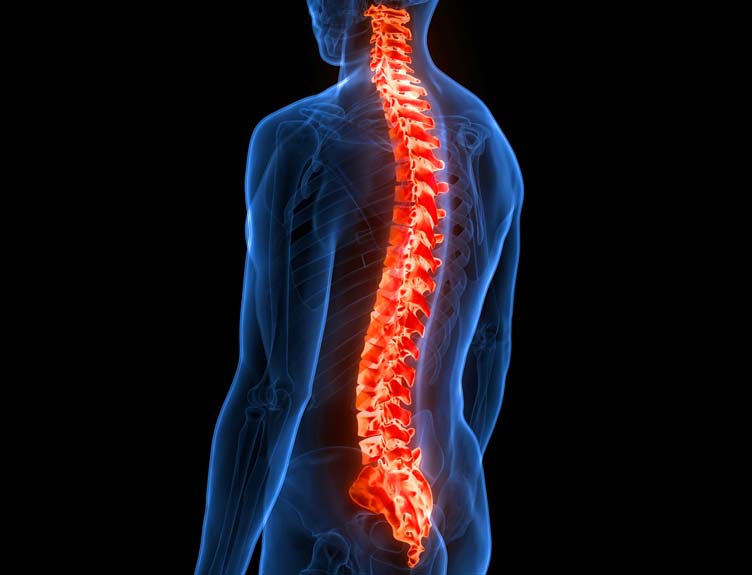It started as a sugar substitute—and ended as a weapon against one of the deadliest forms of cancer.
In a twist that would make any pharmaceutical executive sweat, researchers at Hiroshima University have discovered a way to turn stevia—yes, the zero-calorie sweetener from your local grocery aisle—into a precision-engineered cancer killer. But not by changing the plant itself. By fermenting it with bacteria pulled from banana leaves.
The result? A natural compound so potent, it selectively kills pancreatic cancer cells while leaving healthy kidney cells untouched. No chemo. No radiation. Just a humble plant, reprogrammed by microbes into a bioengineered assassin.
Continue reading… “The Sweet Assassin: Scientists Turn Stevia Into a Cancer Killer”
